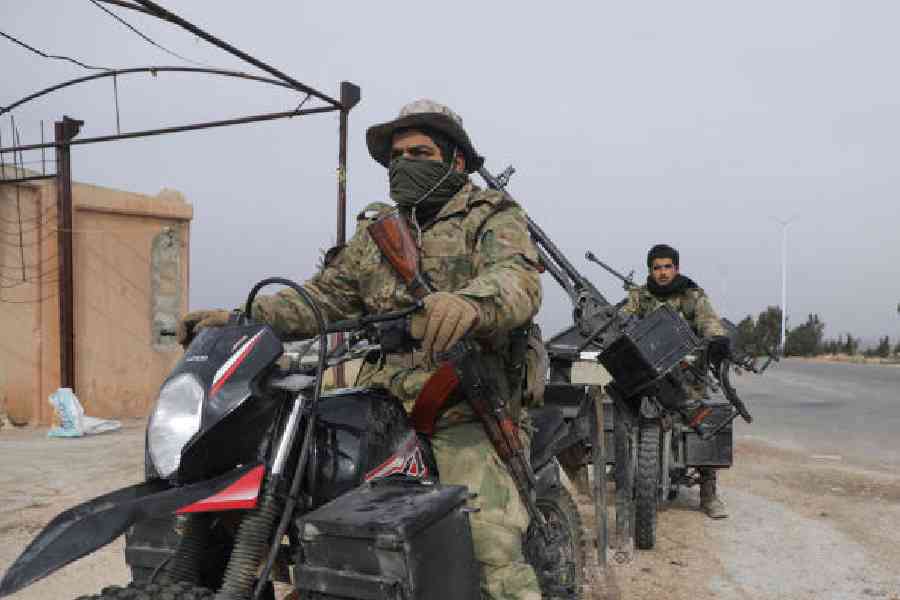Syrian rebels pressed their lightning advance on Saturday, saying they had seized most of the south, as government forces dug in to defend the key central city of Homs to try to save President Bashar al-Assad’s 24-year rule.
Since the rebels’ sweep into Aleppo a week ago, government defences have crumbled across the country at dizzying speed as insurgents seized a string of major cities and rose up in places where the rebellion had long seemed over.
Besides capturing Aleppo in the north, Hama in the centre and Deir al-Zor in the
east, rebels said they have taken southern Quneitra, Deraa and Suweida and advanced to within 50 km of the capital.
Government defences were focused on Homs, with state television and Syrian military sources reporting big airstrikes on rebel positions and a wave of reinforcements arriving to dig in around the city.
Meanwhile the rebels extended their control to almost the entire southwest and said they had captured Sanamayn on the main highway from Damascus to Jordan. The Syrian military said it was repositioning, without acknowledging territorial losses.
The pace of events has stunned Arab capitals and raised fears of a new wave of regional instability, with Qatar saying on Saturday it threatened Syria’s territorial integrity.
Syria’s civil war, which erupted in 2011 as an uprising against Assad’s rule, dragged in big outside powers, created space for jihadist militants to plot attacks around the world and sent millions of refugees into neighbouring states.
‘At the walls’ of Homs
The rebels said they were “at the walls” of Homs after taking the last village on its northern outskirts late on Friday.
Inside Homs, a resident said the situation had felt normal until Friday but had grown more tense with airstrikes and gunfire clearly audible and pro-Assad militia groups setting up checkpoints.
“They are sending a message to people to keep in line and that they should not get excited and not expect Homs to go easily,” the resident said.
Seizing Homs, an important crossroads between the capital and the Mediterranean, would cut off Damascus from the coastal stronghold of Assad’s minority Alawite sect, and from a naval base and airbase of his Russian allies there.
A Syrian military officer said there was a lull in fighting on Saturday morning after a night of intense airstrikes on the rebels and that a large convoy of troops and vehicles had redeployed from Palmyra to aid the Homs defence.
A coalition of rebel factions that include the Islamist group Hayat Tahrir al-Sham made a last call on forces loyal to Assad’s government in Homs to defect.
“Homs is the key. It will be very hard for Assad to make a stand but if Homs should fall, the main highway from Damascus to Tartus and the coast will be closed, cutting the capital off from the Alawite Mountains,” said Jonathan Landis, a Syria specialist at the University of Oklahoma.
In the south, the fall of Deraa and Suweida on Friday, followed by Quneitra on Saturday, could allow a concerted assault on the capital, the seat of Assad’s power, military sources said.
Deraa, which had a population of more than 100,000 before the civil war began, holds symbolic importance as the cradle of the uprising. It is the capital of a province of about one million people, bordering Jordan.
Reuters











